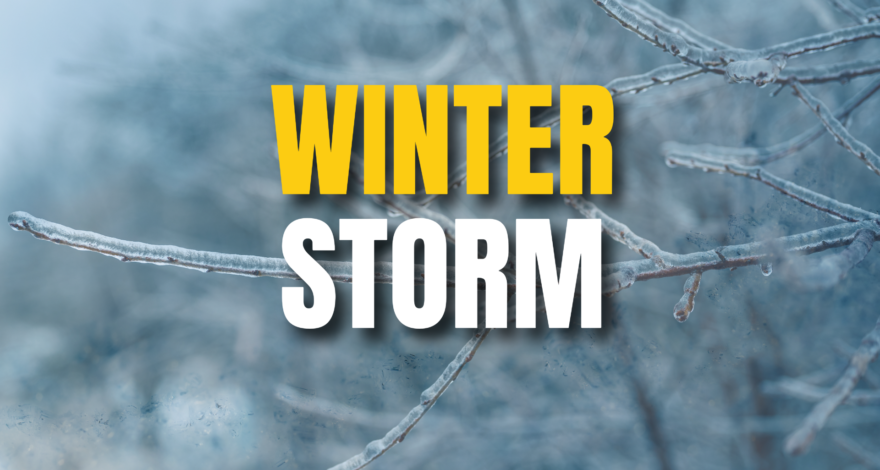Winter weather is approaching, and it’s time to prepare your plumbing system for the cold. Freezing temperatures can wreak havoc on your pipes, causing costly damage and significant inconvenience. With these nine practical tips, you can protect your home’s plumbing system and avoid icy headaches.
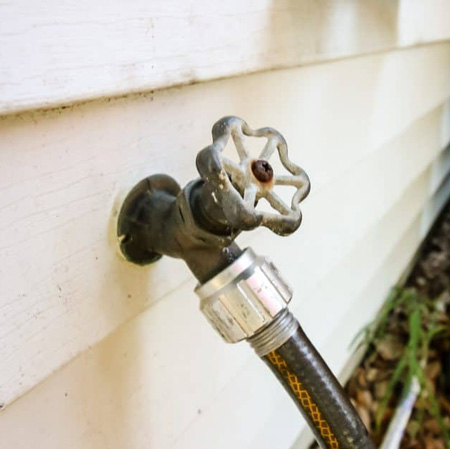
1. Remove Hoses
Begin by disconnecting and draining any garden hoses attached to outdoor faucets. Leaving water inside hoses can lead to freezing, rendering them useless by spring. A frozen hose can also increase the risk of pipes cracking due to trapped water expansion.
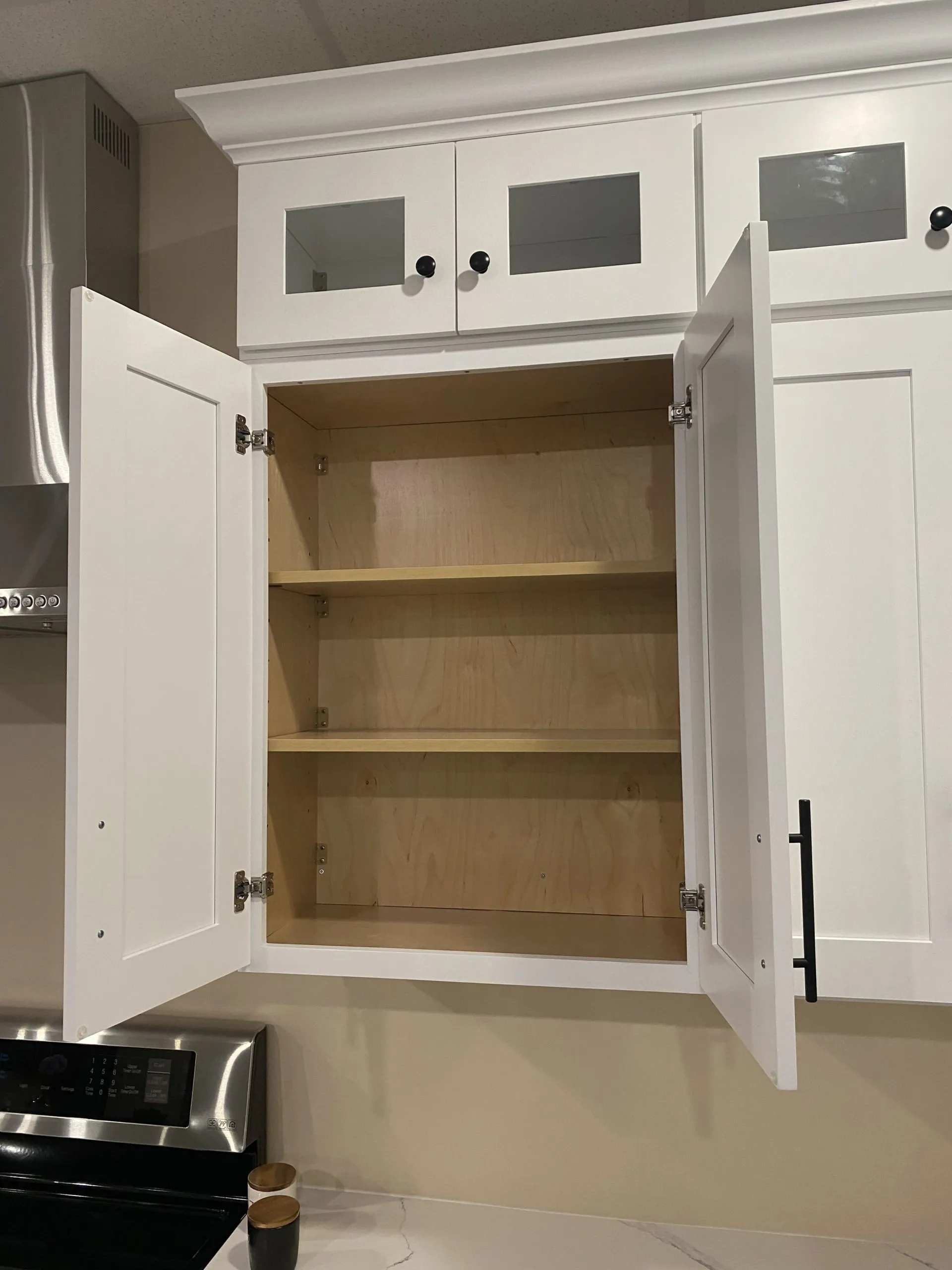
2. Open Cabinets
When freezing temperatures are forecast, open kitchen and bathroom cabinet doors to allow warm air to circulate around exposed pipes. If your pipes are in particularly cold areas, consider using a fan or a portable heater to keep them warm.
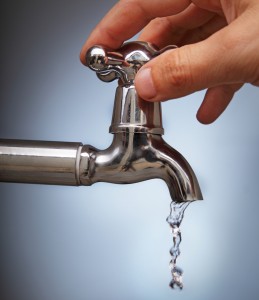
3. Let Faucets Drip
Allow indoor faucets to drip slowly during freezing weather to relieve pressure in the pipes. This can prevent pipes from bursting if water inside freezes. This simple precaution can save you from significant water damage and repair costs.
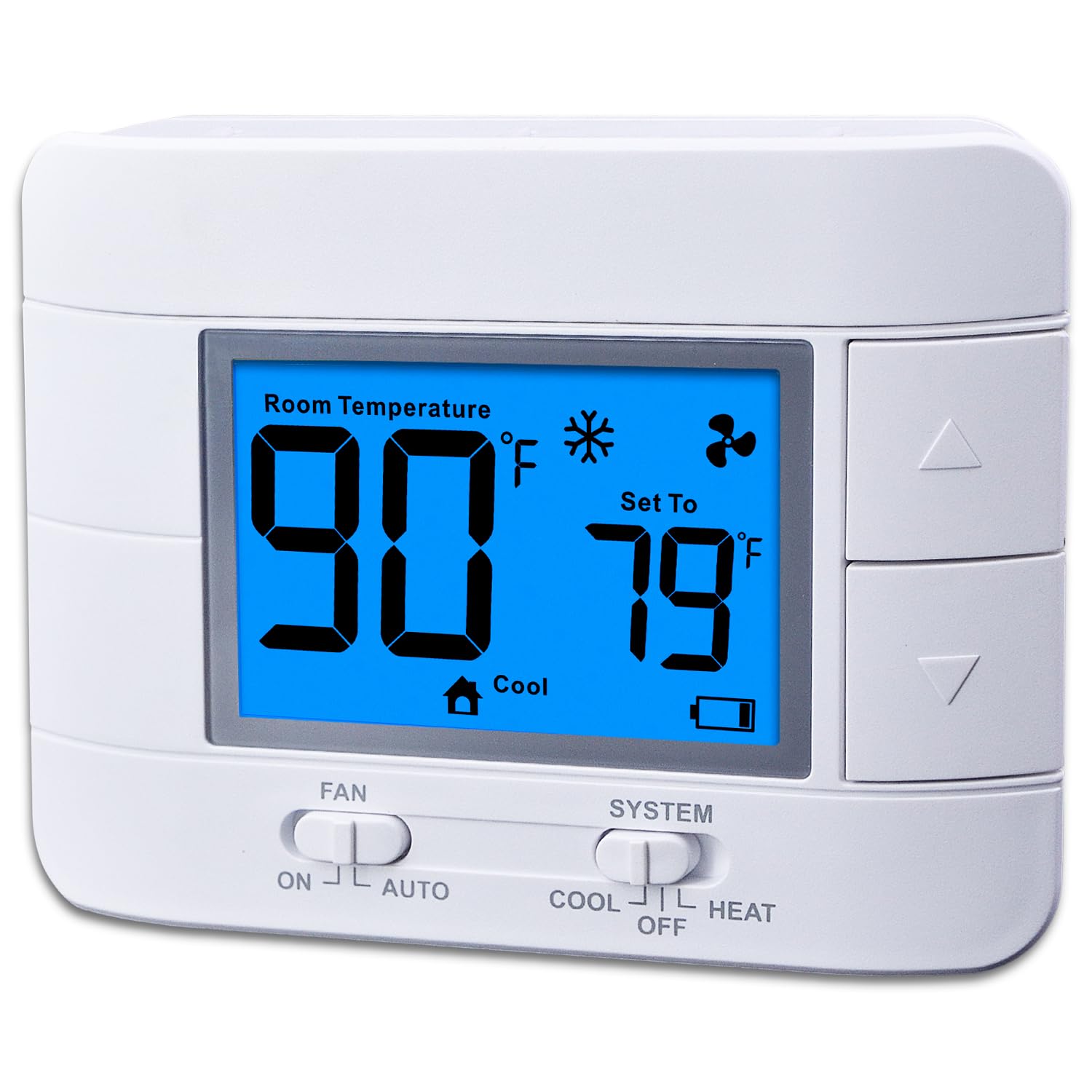
4. Avoid Extreme Thermostat Changes
Keep your thermostat at a consistent temperature. It’s preferably not to let inside temperatures dip below 45°F, to prevent interior pipes from freezing. While it’s tempting to lower the heat to save money, sudden temperature drops can strain your plumbing system. During extreme cold snaps, maintaining a steady temperature is crucial.
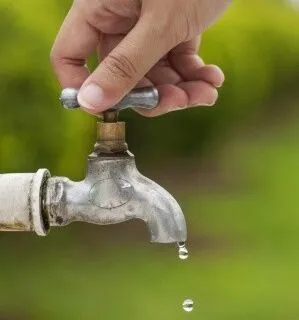
5. Drain Exterior Faucets
After removing hoses, drain outdoor faucets completely. Water left inside exterior lines can freeze and rupture, causing significant damage. For extra protection, shut off water supply lines to outdoor faucets and drains.
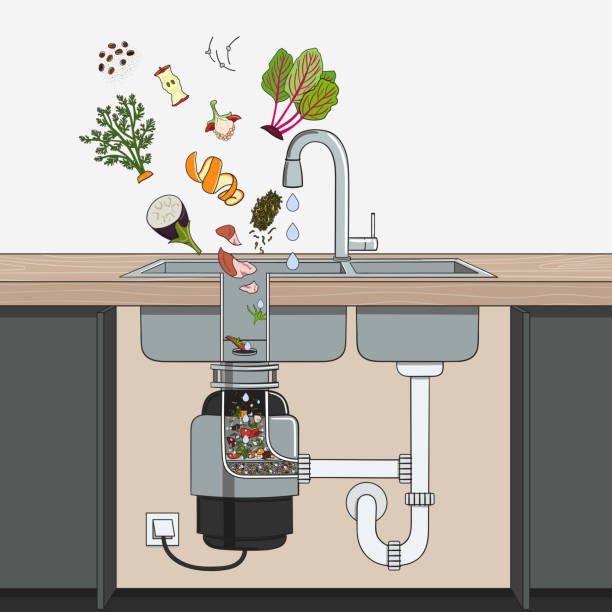
6. Prevent Clogs
Your garbage disposal isn’t invincible. Avoid putting fibrous or stringy food scraps, like carrot peels or banana skins, down the drain. These items are difficult to grind and can lead to clogs. Additionally, dispose of leftover grease in the trash to prevent it from congealing in your pipes.
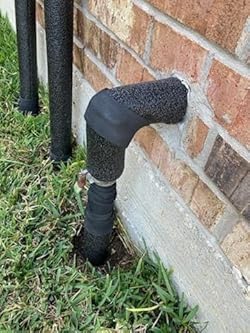
7. Insulate Exposed Pipes
Pipes in unheated areas like basements, crawl spaces, or attics should be insulated to protect them from freezing. For homes in regions prone to extreme cold, consider installing heat cables alongside the insulation. Heat cables automatically activate an electric heating element when temperatures drop, providing an added layer of protection.
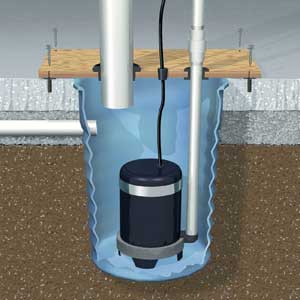
8. Maintain Your Sump Pump
Check your sump pump and its surrounding pit before winter begins. Clear away debris and ensure the pump functions properly. A malfunctioning sump pump during freezing temperatures could lead to severe flooding, which is expensive to repair.
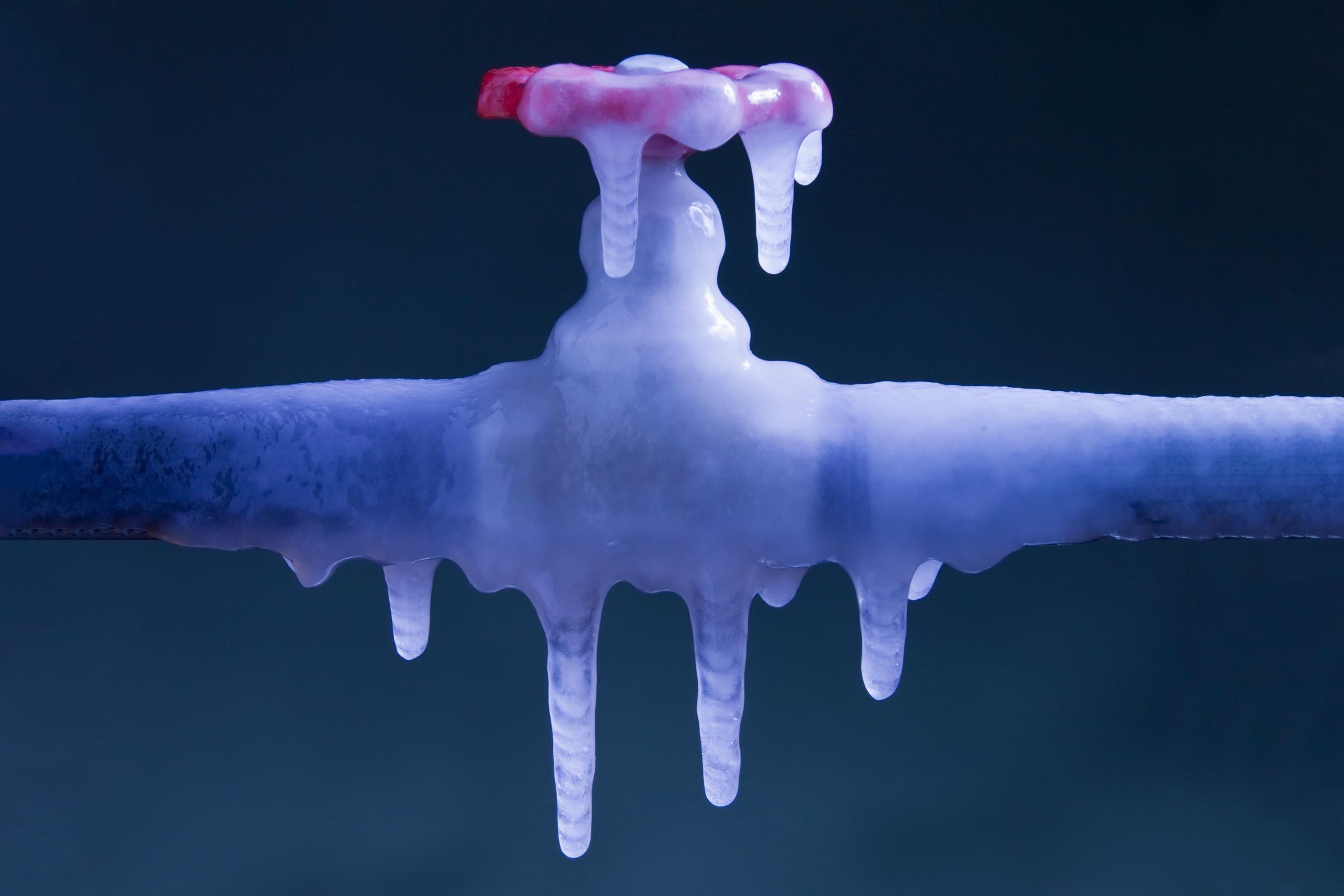
9. Fix Leaks
Don’t ignore leaks, no matter how minor they seem. Freezing temperatures can exacerbate existing leaks, leading to burst pipes and extensive water damage. Repairing leaks before winter will save you from larger, costlier problems later.
Be Proactive This Winter
Taking these preventive measures now can save you time, money, and stress during the winter months. Proper preparation ensures your plumbing system remains in top condition, keeping your home safe and comfortable no matter how low the temperatures drop.
